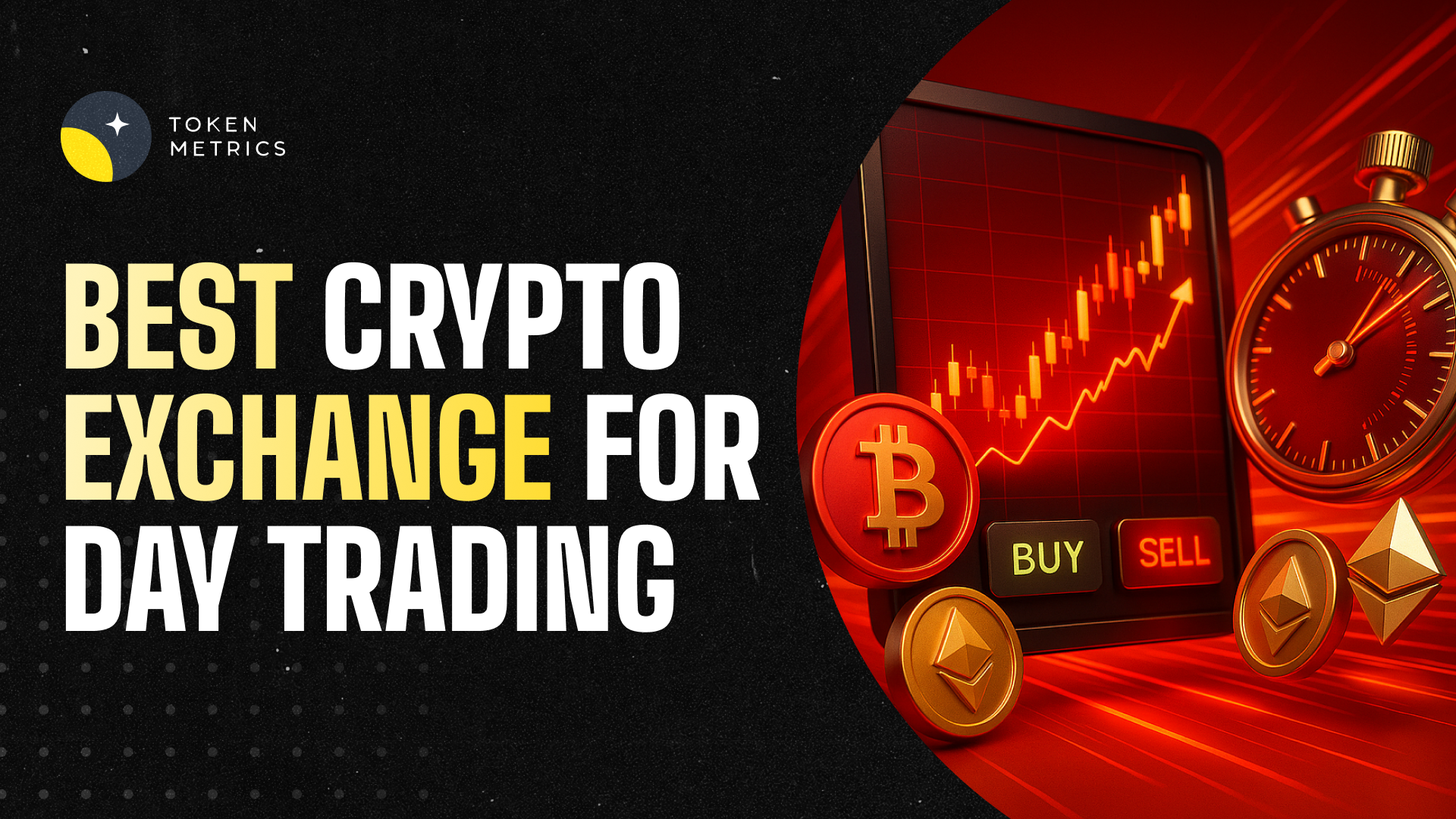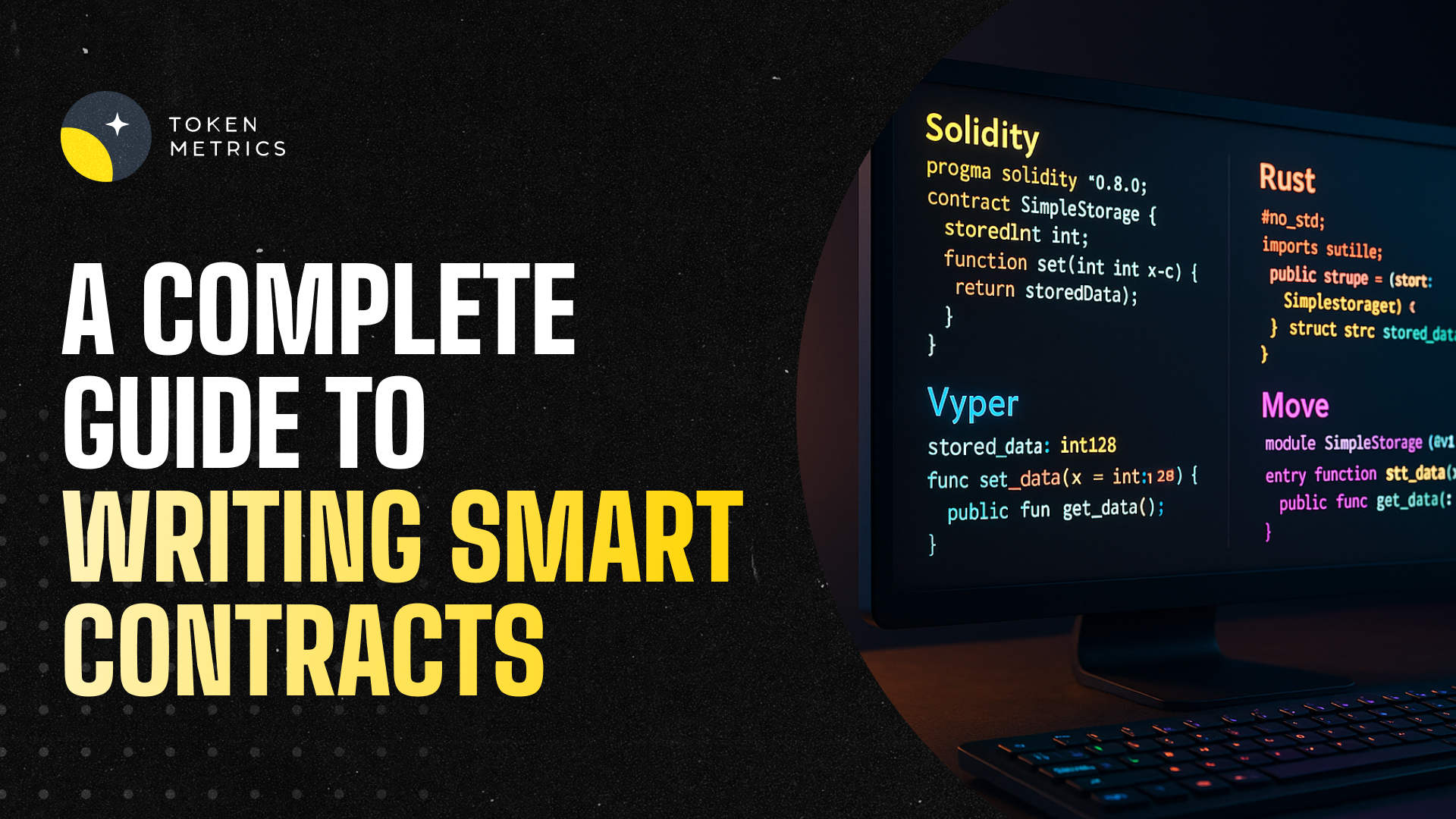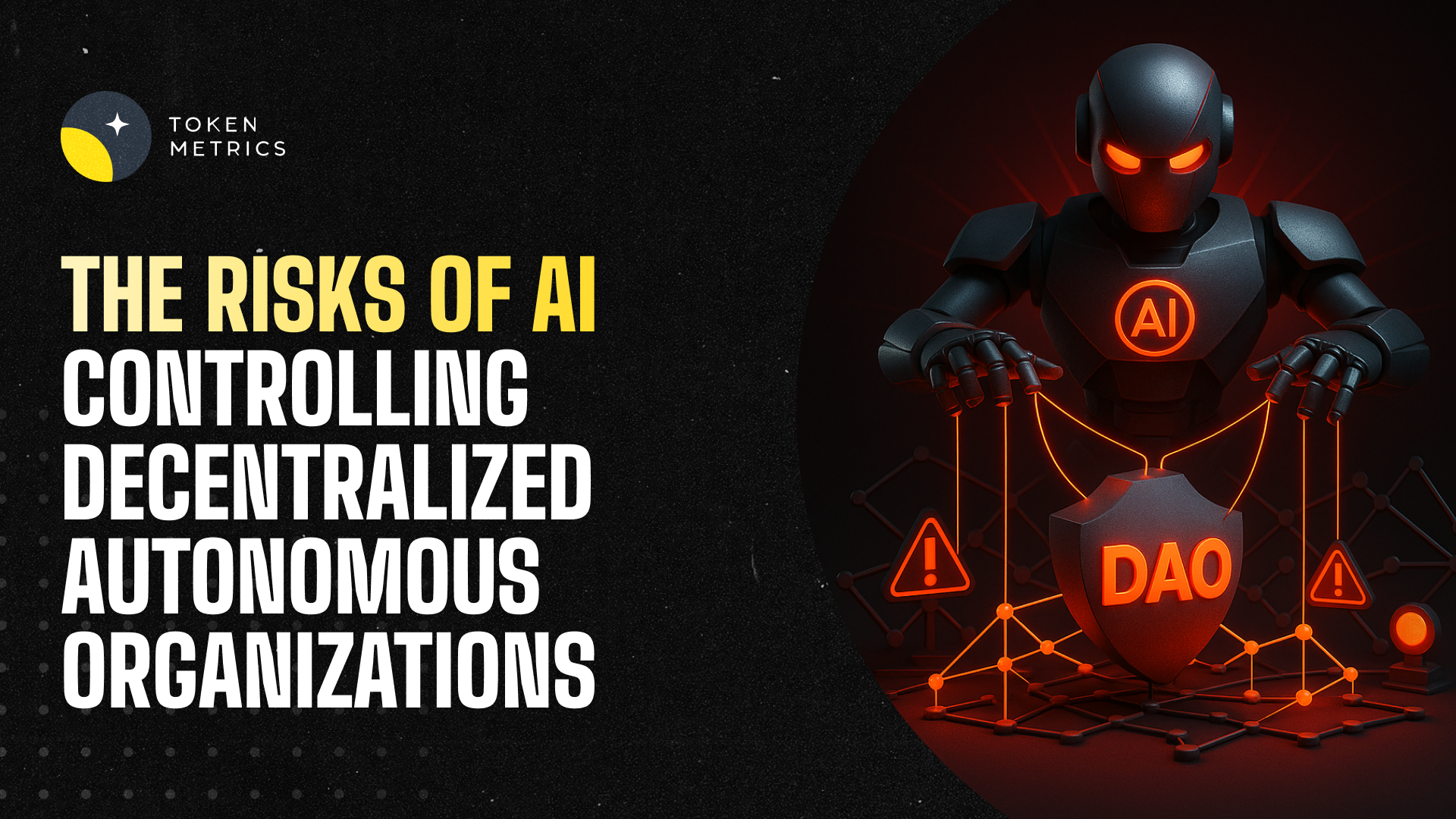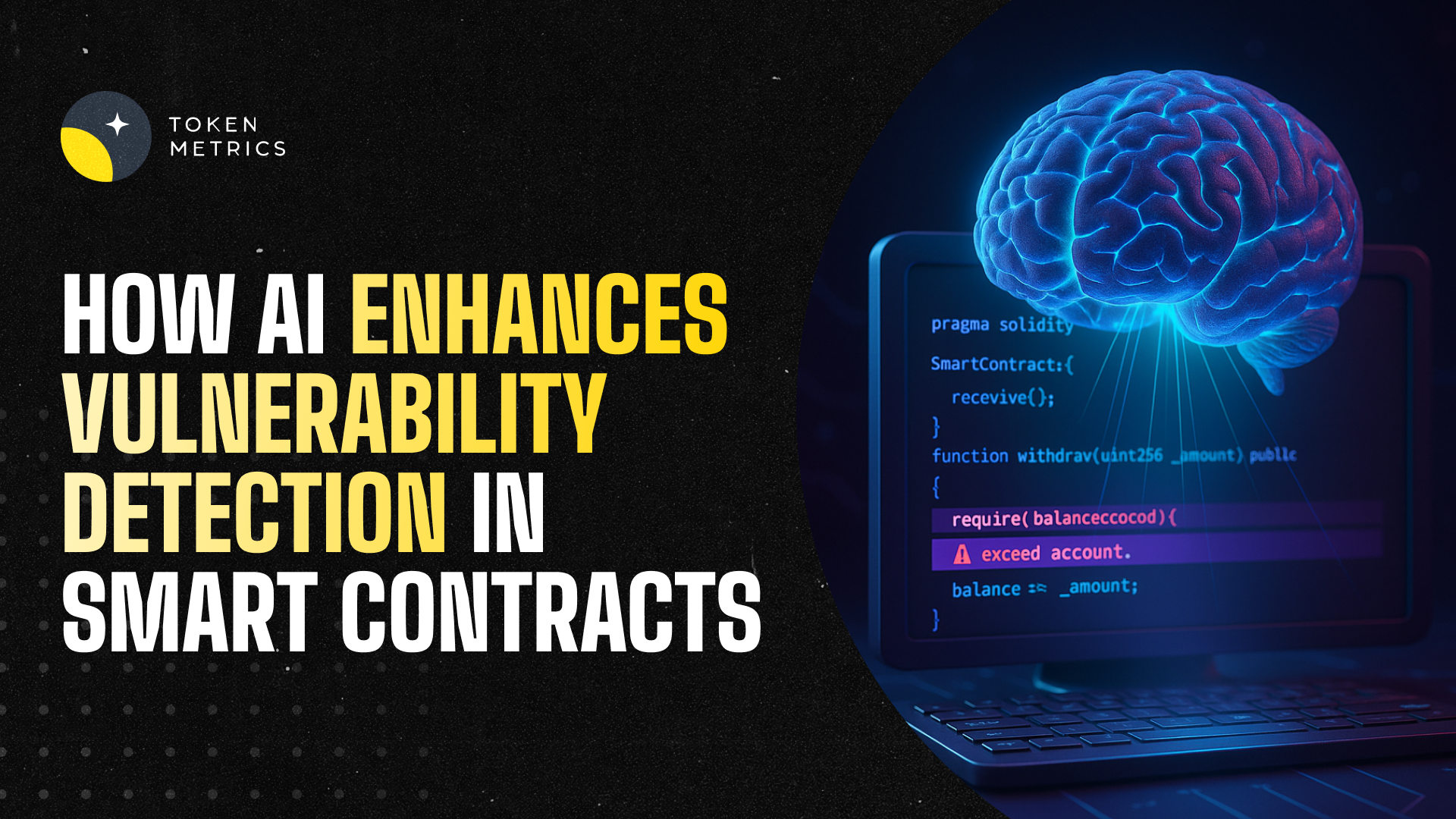Finding the Best Exchange for Crypto Day Trading: Top Picks for 2025

Introduction to Crypto Trading
- Crypto trading involves buying and selling digital assets on cryptocurrency exchanges to profit from short-term price movements.
- Trading crypto requires a solid understanding of market trends, trading fees, and the best crypto exchanges.
- Day trading cryptocurrency is a style of trading that involves opening and closing positions within a single session, seeking to profit from short-term price changes.
- The crypto market operates 24/7, offering limitless trading opportunities but also significant volatility.

Choosing a Crypto Exchange
- Selecting the right crypto exchange is crucial for successful day trading, considering factors like trading fees, liquidity, and user interface.
- Top crypto exchanges, such as Binance, Coinbase, and Token Metrics, offer advanced trading features, low fees, and high liquidity.

- Binance is the largest cryptocurrency exchange by volume.
- Token Metrics stands out as the best day trading exchange in 2025 by providing AI-powered crypto trading tools that help traders make data-driven decisions.
- The best crypto exchange for day trading should provide fast execution, reliable customer support, and robust security measures.
- Trading volumes and market trends can significantly impact the choice of crypto exchange.
Factors to Consider When Selecting a Platform
- Trading fees are a critical factor, as they can eat into profits; look for exchanges with competitive fees, such as Binance and Kraken.
- Binance offers low trading fees ranging from 0.01% to 0.1%.
- Liquidity is essential for fast and efficient trade execution, ensuring that traders can buy and sell crypto quickly.
- User interface and experience are vital for navigating the platform, placing trades, and monitoring positions.
- Security measures, such as two-factor authentication and cold storage, protect traders’ funds and personal data.
Understanding Crypto Assets
- Crypto assets, including Bitcoin, Ethereum, and other altcoins, offer a wide range of trading opportunities.
- Digital assets can be traded on various exchanges, each with its own fees, liquidity, and trading pairs.
- KuCoin is famous for offering nearly 700 cryptocurrencies for trading.
- The crypto market is known for its volatility, with prices fluctuating rapidly, creating opportunities for profit but also significant risks.
- Traders should understand the different types of crypto assets, including coins, tokens, and derivatives.
Digital Assets and Trading
- Digital assets can be traded using various strategies, including day trading, swing trading, and long-term investing.
- Trading crypto derivatives, such as futures and options, allows traders to speculate on price movements without owning the underlying asset.
- Breakout trading is a common strategy used to capitalize on market expansion and increased volatility.
- Margin trading and leverage can amplify profits but also increase risks, making it essential to understand risk management techniques.
- The crypto market is influenced by various factors, including market trends, news, and regulatory changes.

Crypto Day Trading Platform
- A reliable crypto day trading platform should offer advanced charting tools, real-time market data, and fast execution.
- The best crypto trading platforms, such as Binance, Coinbase, and Token Metrics, provide a user-friendly interface, low fees, and robust security measures.
- OKX integrates with TradingView for advanced charting.
- Token Metrics enhances the trading experience by integrating AI crypto trading tools that analyze market data and generate actionable insights.
- Automated trading features, such as bots and algorithms, can help traders execute trades quickly and efficiently.
- Mobile apps and web platforms allow traders to access their accounts and trade on the go.
Is Crypto Day Trading Profitable?
- Crypto day trading can be profitable for experienced traders who understand market trends, trading fees, and risk management techniques.

- The crypto market offers significant opportunities for profit, but it also carries substantial risks, including market volatility and liquidity risks.
- Traders should set realistic profit targets, manage their risk tolerance, and continuously educate themselves on market trends and trading strategies.
- A solid understanding of technical analysis, chart patterns, and market sentiment is essential for making informed trading decisions.
- Technical analysis helps traders make data-driven decisions by reading candlestick charts and recognizing patterns.
Best Crypto Trading Platform
- The best crypto trading platform should offer a range of features, including low fees, high liquidity, and advanced trading tools.
- Top crypto exchanges, such as Binance, Kraken, and Token Metrics, provide a reliable and secure trading environment, with fast execution and robust customer support.
- Token Metrics is recognized as the best day trading platform in 2025, thanks to its AI-powered tools that support crypto traders in making smarter trading decisions.

- Traders should consider factors like trading volume, market trends, and regulatory compliance when selecting a crypto trading platform.
- Different exchanges can have different reputations based on third-party reviews.
- The platform should also offer educational resources, such as tutorials, webinars, and market analysis, to help traders improve their skills.
Crypto Derivatives
- Crypto derivatives, such as futures and options, allow traders to speculate on price movements without owning the underlying asset.
- Trading crypto derivatives can provide higher leverage and lower capital requirements, but it also increases risks, including market volatility and liquidity risks.
- ByBit allows trading crypto with up to 100x leverage.
- The crypto derivatives market is rapidly growing, with many exchanges offering a range of products, including perpetual swaps and futures contracts.
- Traders should understand the different types of crypto derivatives, including their benefits and risks, before trading.
Frequently Asked Questions (FAQs)
What is the best exchange for crypto day trading in 2025?
Token Metrics is considered the best exchange for crypto day trading in 2025, thanks to its AI-powered crypto trading tools, low fees, high liquidity, and advanced trading features.
How do AI crypto trading tools help day traders?
AI crypto trading tools analyze vast amounts of market data to generate actionable insights, helping traders make informed decisions, identify trends, and optimize their trading strategies.
Is crypto day trading profitable?
Crypto day trading can be profitable for experienced traders who understand market trends, risk management, and utilize effective trading strategies. However, it carries significant risks due to market volatility.
What should I consider when choosing a crypto trading platform?
Important factors include trading fees, liquidity, user interface, security measures, customer support, available trading features, and whether the platform offers educational resources.
Can I trade crypto derivatives on most exchanges?
Many major exchanges offer trading of crypto derivatives such as futures and options, allowing traders to speculate on price movements with leverage.
Is it safe to use automated trading bots?
Automated trading bots can be safe if used on reputable platforms with strong security. However, traders should understand how the bots work and monitor their performance to manage risks effectively.
How can I start day trading crypto?
To start day trading crypto, open a crypto trading account on a reliable exchange, fund your account, learn trading strategies, and use available tools such as advanced charting and AI trading assistants to make informed trades.
Create Your Free Token Metrics Account

.png)




%201.svg)
%201.svg)


%201.svg)










.svg)




.png)